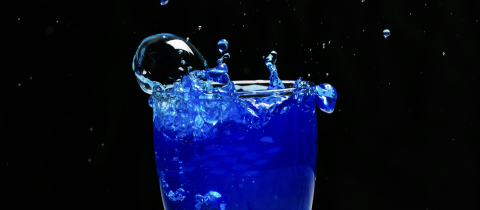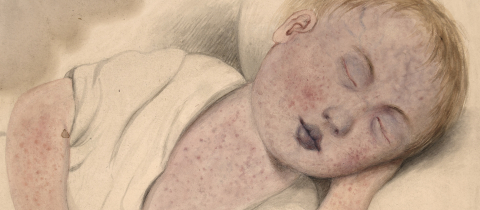"It's as smooth as a baby's behind!" That's the ultimate compliment to the skin. Why is a baby's bottom so silky smooth anyway? Because it hasn't been exposed to the sun, that's why! As we age, our skin gets more and more wrinkly, usually in direct proportion to the amount of time spent in the sun. "Photoaging" is the direct cause of many a fine wrinkle. Can we do anything about these tell tale signs of advancing age? Well maybe there is something to be learned from Cleopatra, from French aristocrats and Polynessian women.
Cleopatra used to bathe, so the legend goes, in donkey's milk. This may not have been as nonsensical as it sounds, providing the milk was sour. Spoiled milk contains lactic acid, a substance which according to recent research may actually erase some wrinkles. Lactic acid is part of a family of compounds called alpha hydroxy acids which can peel away the top layers of the skin, exposing the fresh, younger skin below. Tartaric acid found in wine serves the same purpose, thereby perhaps explaining 18th century French courtisans penchant for bathing in Chablis. Sugar cane also contains an alpha hydroxy acid called glycolic acid. Could this then be the reason for the age old Polynessian practice of rubbing the skin with sugar cane?
Alpha hydroxy acids (AHA) have already been incorporated into commercial creams. NeoStrata, for example, contains 8% glycolic acid. A number of people have reported success in erasing fine wrinkles with this product after a few months of daily treatment. Alpha hydroxy acids are non-toxic and furthermore, do not sensitize the skin to sunlight like Retin-A, the other effective wrinkle removing product. There are suggestions that alpha hydroxy acids actually work best in combination with Retin-A.
The latest alpha hydroxy acid to be tested is ammonium lactate which is already available as Lac-Hydrin. Double blind studies have shown this product to be effective against photodamage wrinkles in as little as a month. The effect though lasts only as long as the product is being used. Nevertheless, it may be worth while to ask your dermatologist about the use of alpha hydroxy acids. Then ask him or her what the molecular structure of an alpha hydroxy acid looks like. See if they remember their organic chemistry; after all, their practice is built upon it!







